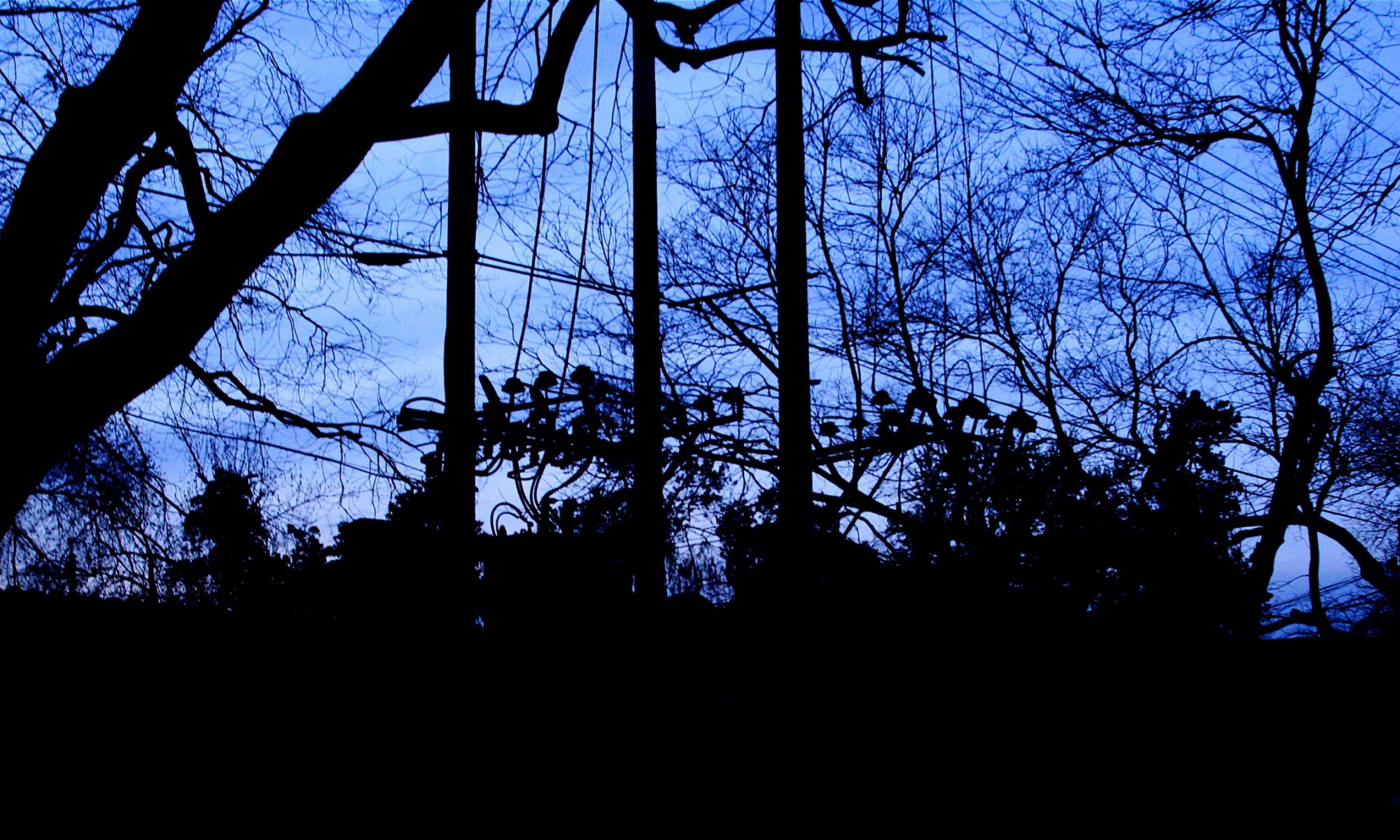

My friend Jason Pizer had the launch of the third edition of his book this week, and I went along and enjoyed the company of VCAT’s Acting President John Bowman, Deputy President Marilyn Harbison, and Justice Chris Maxwell, President of the Court of Appeal. It’s the VCAT equivalent of Williams, the looseleaf ‘Bible’ of civil procedure in the state courts. Compared with Williams, it is a joy to use. It has the same in-court handling as the ‘Cook Book’. It has serious traction with the members over there. It’s full of intellectual grunt. And it’s about one-tenth of the price of Williams at $130. It is lovely to use a book rather than a looseleaf service for a start. Care has been taken in the layout, and it has an unusually good index. Unlike Williams, it is not bogged down by old cases and previous versions of the rules. The Act is too new for that. Unlike Williams, the statutory provisions are easily found and not buried in the commentary.
Jason’s book is unusual in that it is self-published, and Jason spends enormous amounts of time keeping it up to date — much of January — with the help of several research assistants. This is no small task when you consider the huge numbers of decisions pouring out of VCAT. Justice Maxwell — himself a leading exponent of public law — said that it is an outstanding administrative law text as well, which he keeps readily available at all times. In other words, the book is too easily confined in one’s mind to the somewhat pedestrian species of legal writing that is the annotated statute.
Many statutory tribunals share various characteristics, and the insightful, concise commentary in relation to those aspects of administrative law associated with statutory tribunals mean that this book would be valuable in the libraries of practitioners in other states who deal with them. I used to use it down at the Legal Profession Tribunal. The day I figured out it might be useful in that way was a day when a whole world of new arguments already dreamt up by others were presented to me on a plate. All statutory tribunals have some of the same jurisdictional issues. Can a tribunal order costs in favour of a party which has successfully contended that the tribunal has no jurisdiction? What does it mean that the law of evidence does not apply, but the rules of natural justice do? All these questions are well answered in a way the average Joe lawyer can actually understand on the run.
And there are more and more practitioners dealing with civil procedure in statutory tribunals with codes of procedure quite different from the rules of civil procedure we inherited from the English and which have changed remarkably little. Since the last edition of the book, 18 new jurisdictions have been given to VCAT, including those under the Legal Profession Act, 2004 (mainly lawyers’ professional negligence and professional discipline) and since 1 July 2007, those under the Health Professions Registration Act, 2005 (professional discipline of doctors of Chinese medicine; acupuncturists, chiropractors, dentists, doctors (including, of course, psychiatrists), psychologists, radiographers, optometrists, osteopaths, pharmacists, physiotherapists, podiatrists, and psychologists). VCAT’s information paper on the new health profession jurisdiction is here. The government’s is here. Judge Bowman pointed out something interesting. There is to be one legally trained member and two non-lay members sitting on the panels hearing these kinds of cases, each with one vote each. So, two exponents of Chinese medicine and one legally trained member will be responsible for hearing disciplinary proceedings against Chinese doctors.
The practitioner who is comfortable with VCAT and knows about the pros and cons of bringing cases in VCAT instead of the courts is at a valuable advantage over other litigators. The practitioner who realises which cases can only be brought at VCAT, or which can be transferred into VCAT at the election of the other side upon application, is at a headstart in avoiding getting sued for negligence, or wasted costs. Ninety thousand cases were commenced in VCAT in the last period they have figures for. It has unlimited jurisdiction in many of its lists (but not the Legal Practice List). And only about 5% or 10% of its cases are planning cases, though you would not warrant it from the disproportionate publicity generated by those decisions. Compared with the County Court, where they have a bold aspiration to have cases heard within a year, incredible numbers of VCAT disputes are determined within weeks. The laws of evidence do not apply, but this does not seem to me to detract from the quality of justice meted out there. Quite possibly, it enhances it, but I will reserve my judgment on that until I have more experience as an advocate of how things work in the courts.

